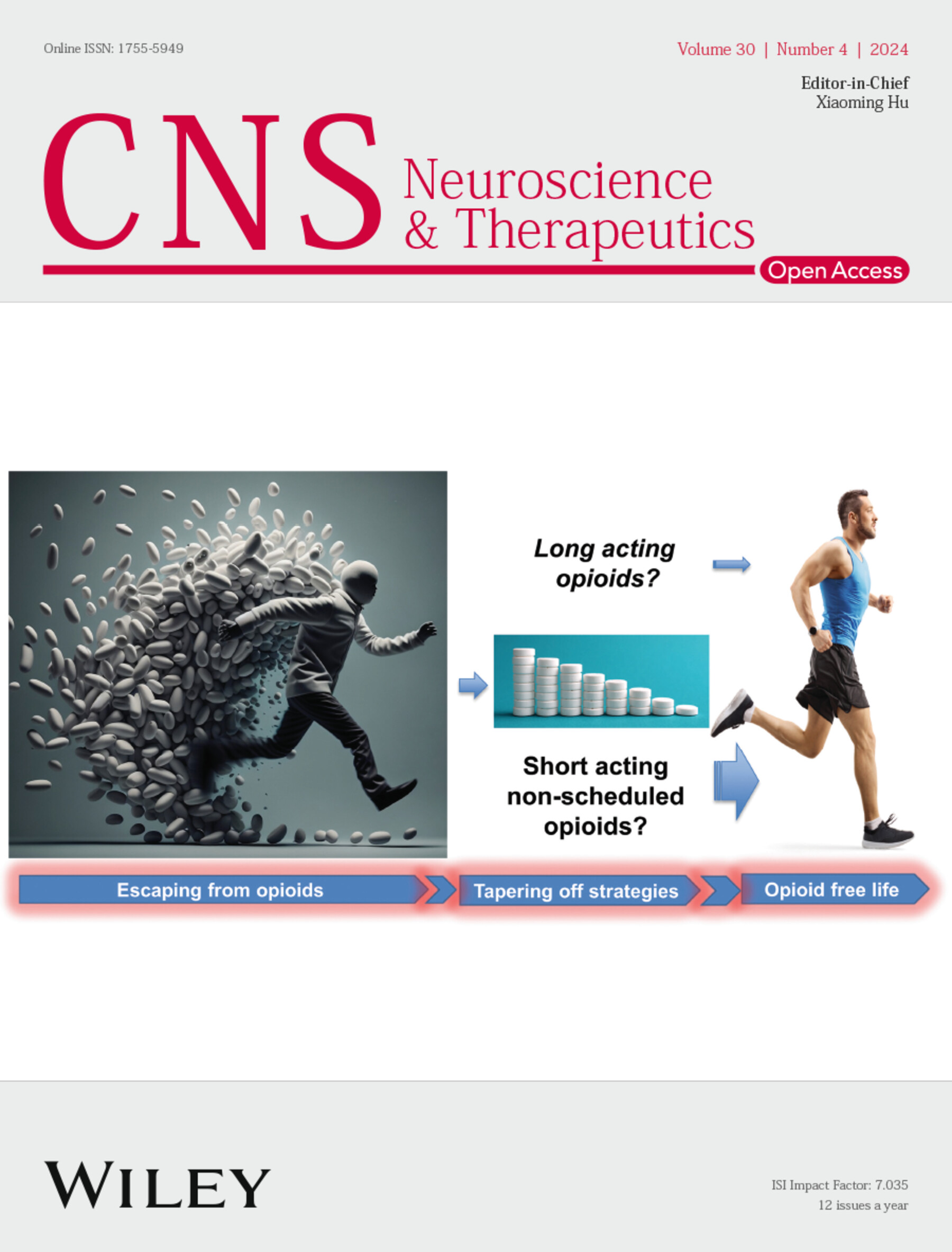Neurodevelopmental Implications Underpinning Hereditary Spastic Paraplegia
Abstract
Background
Hereditary spastic paraplegia (HSP) is a group of rare genetic neurodegenerative disorders characterized by corticospinal tract abnormalities. But frequently, abnormalities of proteins implicated in HSP have been identified in brain disorders of childhood, raising the possibility that early brain developmental mechanism underlying HSP.
Results and Conclusions
Here we summarized the clinical features of 89 HSP subtypes and found most have onset of symptoms earliest reported in infancy or early childhood. Importantly, HSP patients showed early brain developmental related phenotypes such as microcephaly, ventricular enlargement, and corpus callosum dysplasia. In addition, the expression trajectories analysis showed HSP genes were diffusely expressed across all human prenatal cortical regions and most genes enriched from post-conception weeks 8–24, periods characterized by neuro progenitor proliferation and neurogenesis. Furthermore, studies utilizing patient derived induced pluripotent stem cells (iPSCs)/organoids and mouse models have suggested that most HSP proteins play either direct or indirect roles in the development of the central nervous system. Therefore, HSP possesses a neurodevelopmental aspect and is not merely a degenerative disease, which may aid in better understanding the pathogenesis of this disease.


 求助内容:
求助内容: 应助结果提醒方式:
应助结果提醒方式:


